Processes developed to eliminate specific pathogens like Listeria
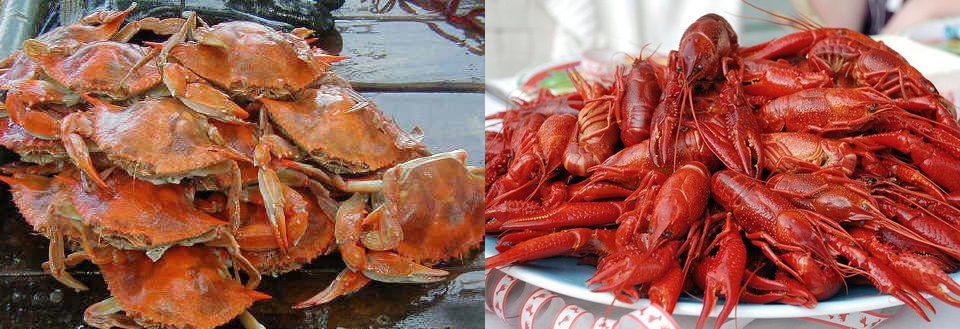
In order to extend the shelf life of fish and shellfish products, many different processes have been utilized. These include thermal processes such as canning and pasteurization, and non-thermal processes such as freezing, high pressure, dehydration, drying, smoking, salting, pickling and brining.
Crawfish, lobster, shrimp and crab meat can be frozen or canned to extend shelf life, but the texture of the meat usually does not resemble the original product. With some crustacean species, an undesirable color change occurs. Additionally, frozen products are not always desired by the foodservice industry because they have to be properly thawed prior to use, which can require significant time.
Pasteurization
Recently, one process that has been successfully used in the crustacean-processing industry is pasteurization, which can extend shelf life for many years if properly applied. Pasteurization preserves many of the chemical and physical characteristics of the original product and destroys most spoilage and many pathogenic bacteria. A can of properly pasteurized blue crab meat in my laboratory, despite some harmless discoloration of the meat, was found to be safe for consumption after 40 years of refrigerated storage!
Pasteurization processes have also been developed to eliminate specific microbiological pathogens, such as Listeria monocytogenes, which has a zero-defect action level in ready-to-eat foods in some countries. Other bacteria of concern are Clostridium botulinum E and non-proteolytic C. botulinum B and F, which are able to grow under refrigerated storage conditions above 4.4 degrees-C and would not be destroyed by traditional cooking or subsequent thermal treatments.
When the pasteurization process was first developed, the process was performed using standard 401 x 301 size metal containers that each held 454 grams of crabmeat. According to the guideline, a process time of 110 to 115 minutes in an 87.8 to 88.9 degrees-C water bath was needed in order to reach a temperature of 85 degrees-C for one minute at the coldest point in the can. Additionally, the process required the meat to be quickly cooled to 37.8 degrees-C in an ice water bath prior to refrigerated storage.
Within recent years, several factors have prompted the industry to evaluate the utilization of other cans and containers other than metal. Some of the factors leading to this expansion in product forms were the relative expense of the 454-gram metal container compared to plastic or rigid polymer containers, and the comparative energy efficiency and low cost of plastic and metal foil laminate retortable pouches.
Process container types
A study reported in the literature used metal containers holding 113.5 or 227.0 grams and flexible pouches holding 113.5, 227.0 or 454.0 g of crabmeat. Using the standard reference temperature of 85 degrees-C, the resulting equivalent process time for the containers was 31 minutes.
Results of the study showed that the 454.0-g pouch, 227.0-9-gram can and pouch, and 113.5-g can and pouch would need to be held for 14, 15, 22, 20 and 24 minutes, respectively. The reason for the additional time is the relatively rapid heating and cooling that can occur in smaller containers.
A larger container can absorb more thermal energy than a smaller container. For this reason, the optimal thermal process for each container type should be expressed in terms of F values rather than by indicating the internal temperature for a given time interval. F values specify the time in minutes at a specific temperature that is required to kill a specific microbe, rather than simple internal temperature.
Heating, cooling
It is important to remember that a total thermal process applied to a product includes both the heating and cooling time, since a portion of the cooling time can be bactericidal. The amount of the cooling time that can be applied to the thermal process depends on the rate of cooling.
However, it is very important to cool quickly, since pasteurized products can contain heat-resistant bacteria, primarily those of the Bacillus and Clostridium genera. These bacteria have the ability to form spores under unfavorable environmental conditions, and may thus be able to survive cooking and pasteurization. When conditions are again suitable for growth, the spores can germinate and reproduce.
Many non-pathogenic species of Clostridium bacteria have been isolated from pasteurized crustacean meat. Many of the spore-forming bacteria grow during both a slow cooling process and subsequent storage if temperatures exceed 4 degrees-C. All pasteurized products should be stored as close to 0 degrees as possible and never to exceed 3.3 degrees-C.
The development of a pasteurization process based solely on simple time/internal temperature measurements can lead to product spoilage and potential foodborne illness. When packaged crustacean meat is placed in a water bath and heated for a designated time period, the lethality for the process could vary significantly, depending on a variety of factors. For example, meat processed after refrigeration could have a process lethality of 27 (F value), while meat pasteurized immediately after processing could have an F value of 45. The product with the process lethality of 27 is underprocessed and may become spoiled through microbial growth.
Accurate recording
It is important to use a data logger to determine internal temperatures during the pasteurization heating and cooling process. The ability to accurately record temperatures permits the calculation of process lethality expressed in terms of an F value. If a data logger is not available, thermocouples could be also inserted into the geometric center of a container with the process temperature hand recorded every two minutes. Shorter time intervals between each temperature measurement result in greater process control.
Adequate processing
Several operational procedures can be applied to ensure adequate pasteurization. The overall process should be based on the coldest starting temperature at which the product will be processed. The hot water tank and the ice slush cooling tank should have circulating water (best achieved by inserting air into the tanks through a spreader pipe) to minimize the temperature differentials. The hot water tank design should not permit a significant variation in temperature.
To promote even heating and cooling, packages should not be placed too closely together, and the processed product should be stored under refrigeration that does not exceed 3.3 degrees-C. To ensure this temperature is maintained, the refrigeration system should be sufficiently sized to cool the room quickly when hot product is introduced and also when the door is opened for product transfer.
A temperature recorder should be attached to the storage refrigerator to ensure continuous adequate temperature control. Additionally, a HACCP plan should be developed and followed to maintain product quality and safety for the crab or other crustacean meat from receipt to shipment.
Note: The information presented in this article utilized a z value (the number of degrees required for the thermal death time curve to transverse on logarithmic cycle) of 16 and F value of 31, which is the recommended minimum process. Many have employed other values for their processes. If a processor does not have experience in crustacean pasteurization or thermal processing, consultation with a qualified individual is required to prevent underprocessing and product spoilage.
(Editor’s Note: This article was originally published in the September/October 2010 print edition of the Global Aquaculture Advocate.)
Now that you've reached the end of the article ...
… please consider supporting GSA’s mission to advance responsible seafood practices through education, advocacy and third-party assurances. The Advocate aims to document the evolution of responsible seafood practices and share the expansive knowledge of our vast network of contributors.
By becoming a Global Seafood Alliance member, you’re ensuring that all of the pre-competitive work we do through member benefits, resources and events can continue. Individual membership costs just $50 a year.
Not a GSA member? Join us.
Author
-

George J. Flick, Jr., Ph.D.
Food Science
And Technology Department
Virginia Tech/Virginia Sea Grant (0418)
Blacksburg, Virginia 24061 USA
Tagged With
Related Posts
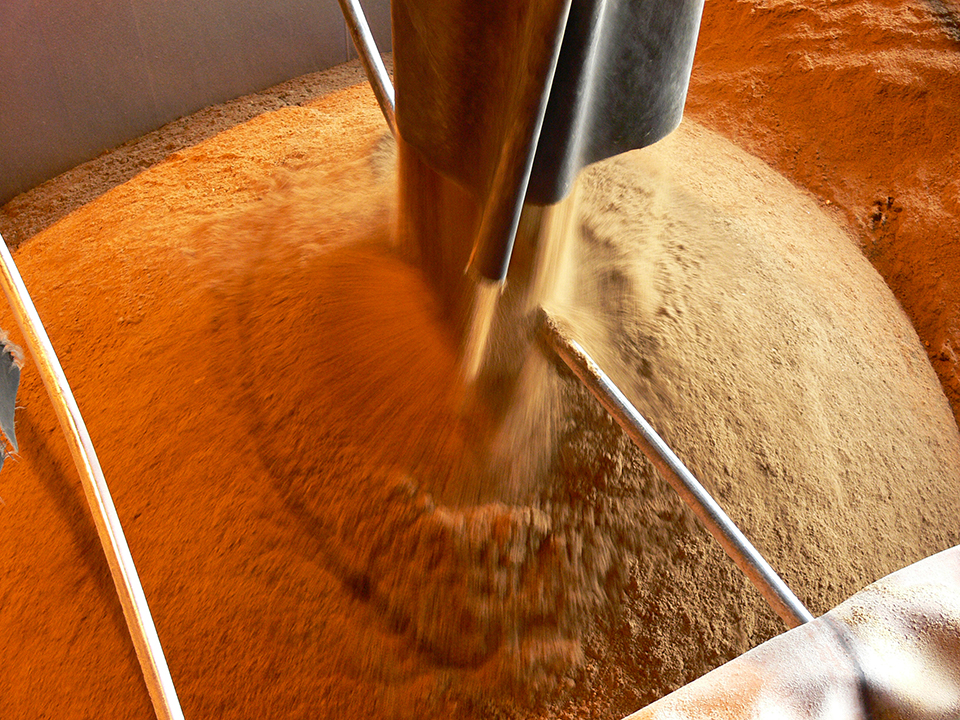
Aquafeeds
Gamma irradiation enhances nutritional value of animal byproducts
Gamma irradiation treatment presents a possible processing technique for reducing anti-nutrients and improving the nutritive quality of many feed ingredients.
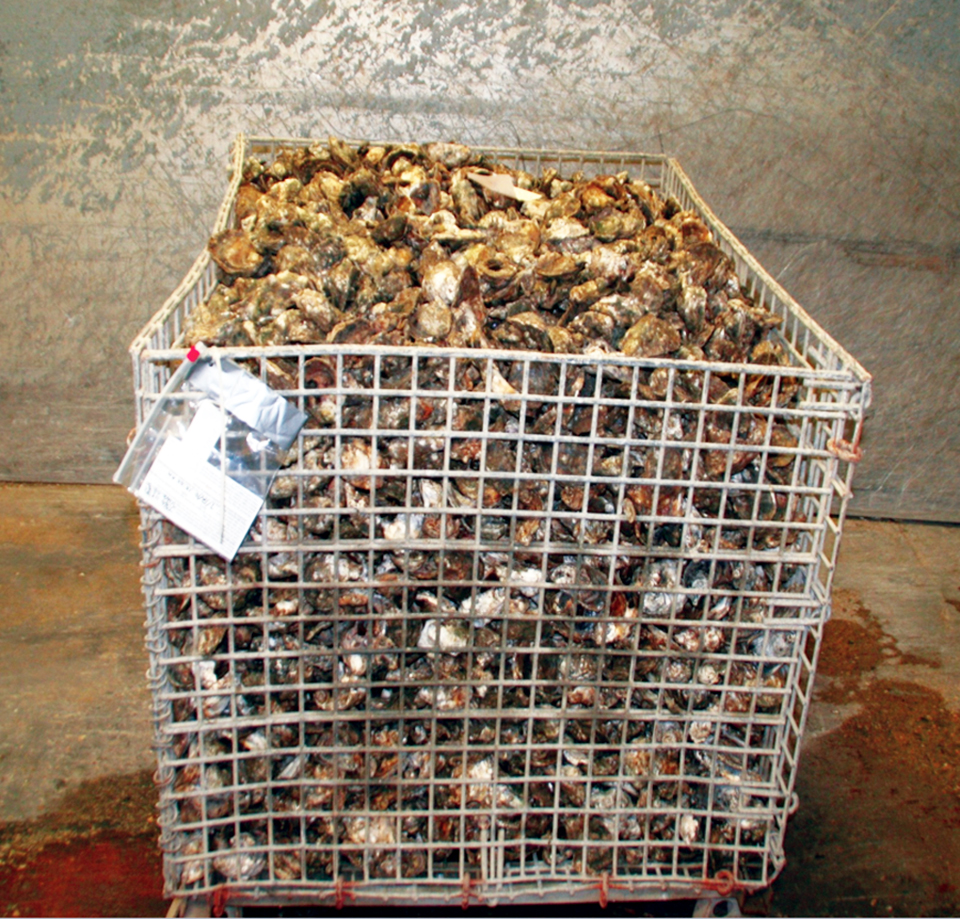
Health & Welfare
New approaches can help ensure safety of raw farmed oysters
Practical post-harvest oyster processing methods are needed. Preliminary studies evaluated the potential of high-salinity relaying to control Vibrio levels in raw oysters.
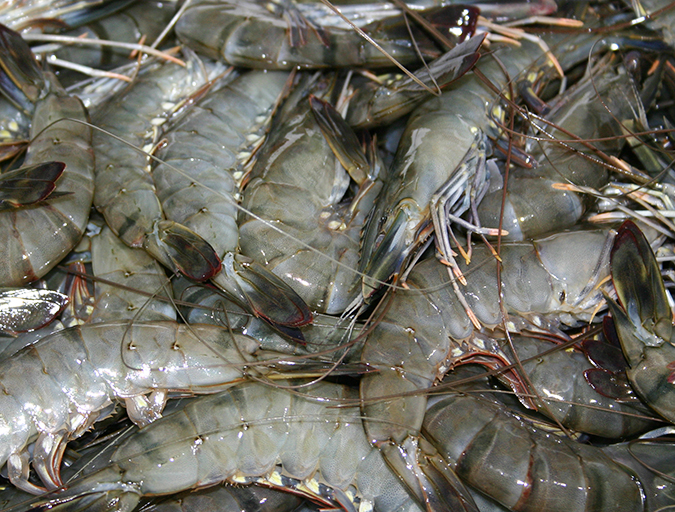
Intelligence
The proper use of brine to freeze shrimp, part 1
Brine freezing of shrimp at processing plants by immersion in a chilled, aqueous brine solution is commonly used to chill the shrimp after cooking, and requires much less energy than other traditional methods. It results in very small ice crystals forming in the shrimp tissue, minimizing drip loss.
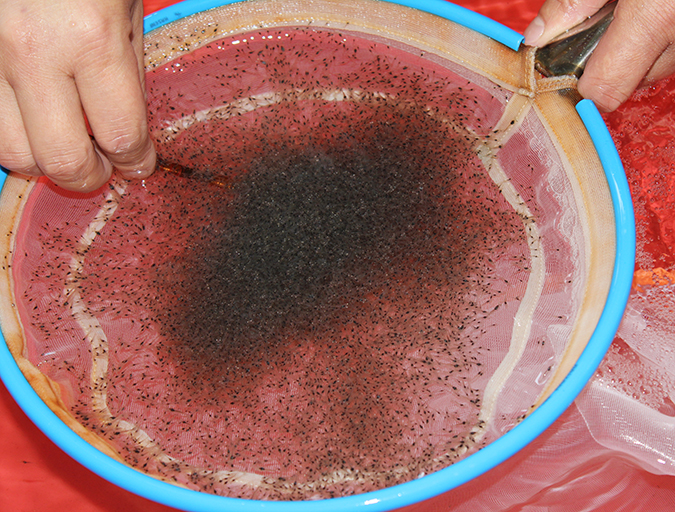
Health & Welfare
Acclimating shrimp postlarvae before pond stocking
Shrimp postlarvae acclimation before stocking into the various growout systems (ponds, raceways, tanks) is a critical – and often overlooked, sometimes taken for granted – step in the shrimp culture process. Various water quality parameters should be changed slowly so that the young shrimp have the time to gradually adapt to the new conditions.

